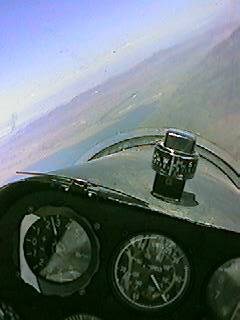
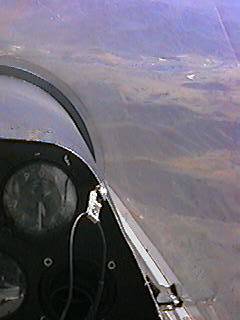
HP-11 Flight Performance Specifications
by
Bob Kuykendall
( A new HP-11 owner posted a message on the "HP-gliders Forum" requesting performance information. The following is Bob's response. - Wayne )
Looking at a set of fuzzy .JPGs of my airspeed indicator, it looks like I marked it as follows:
|
White arc (flap extension range) |
34 to 84 knots |
|
Green Arc |
36 to 105 knots |
|
Yellow Arc (Smooth Air) |
105 to 130 knots |
|
Red Line (Not Exceed Speed) |
130 knots |
You are welcome to look these photos over for yourself:


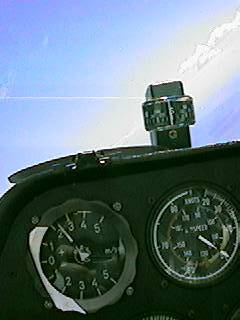
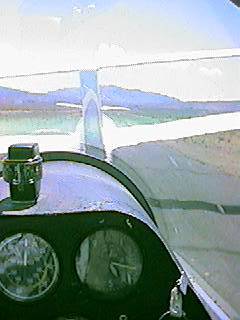
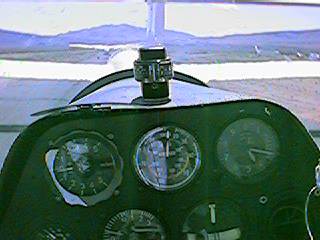
I’m pretty sure of the 130 knot (150 mph) value for the Vne. For the others, I’m pretty much going by the photos. And, yes, I have all that stuff written down. It is on a set of limitations that are in the ship, which is 250 miles from where I am as the crow drives a Volvo.
Beyond that, I can say:
The ‘11 thermals best in the high 40s. Below that, reduced aileron authority gives you a real workout in rough thermals. Above that, you start losing out on the polar.
I use about about 10 degrees of flaps in most thermals. With the stock 18-tooth flap gear, that’s about a quarter turn. In tight thermals, I use the next notch beyond a quarter turn, and work hard to keep the speed around 48 knots. In looser thermals, I use one notch before a quarter turn, and let the speed run up to 52 or 54 knots.
Best glide is probably around 50-52 knots, but I never fly that slow when going straight. On any reasonable day, there’s little point in going any slower than about 65 knots, and I usually try to bash along at at least 75 knots.
The NACA 65(sub3)618 airfoil has a rather narrow drag bucket, so the HP-11 really rewards attention to the flap setting. When cruising, I use 0 flap at 60 knots, -10 degrees at 110 knots, and vary the settings linearly in between those speeds.
The real surprising thing about the HP-11 is how well it runs in the range of 70 to 90 knots. With good attention to the flap setting, you can almost keep with the glass guys in those speeds. Above that, they will get away, but you can usually keep them in sight. And when you get to the next thermal, the ‘11’s light weight will let you climb with or away from them. While this does not represent a stunning performance, it is a high data point on the bang-for-the-buck curve. And you can paint it any color you want!
But to really get good performance, you have to seal the ship up as tight as possible. With the fit-and-finish of my ship, I usually end up using gobs of 2” white vinyl tape (the stuff I call “mondo tape”) on the wing/fuselage and tail/fuselage junctions. At contests, I’ll also make tape fairings for the tailwheel leaf spring, and also tape over the old belly hook and along the gear door hinges.
The real problem is the fuselage/flap junction; there’s a hole there in the side of the fuselage to accomodate the arc of the 11-417 flap actuation torque assembly. I usually tape right over the hole with two overlapping pieces of mondo tape, so that the tape flexes between the -10 and +45 flap settings, and tears at around the +60 setting. That’s what they call a “frangible seal.” Whatever you do in this regard, make sure that you test it on the ground to make sure that it franges as expected, and does not bind or interfere with the flap control.
Another point of attention is the end ribs for the outboard end of the stabilizers and the inboard ends of the ruddervators. As designed, these have cavities that can resonate and cause drag. Dick’s advise has been to fill them with chunks of foam, either styro or pvc will do. Also, make a foam end rib for the hollow leading edge of the stabilizer. You can also fill the cavities at the outboard end of flap section #4, and both ends of the ailerons. Make sure that the foam does not interfere with the controls.